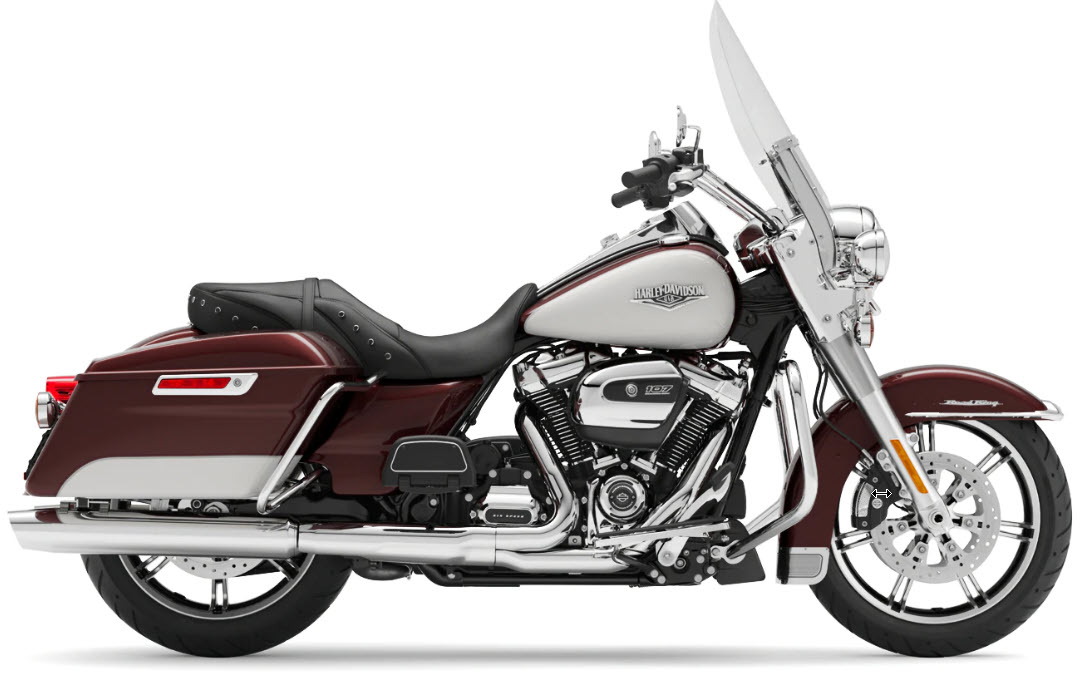Faier on the Law: Going after Infringers, the Joinder / Misjoinder Problem of Harley-Davidson. I feel for you! H-D U.S.A., L.L.C. v. The Partnerships and Unincorporated Associations Identified on Schedule “A”, 2021 WL 780486. March 1, 2021.

So a month or so ago it was Hon. Judge Kennelly and on Monday, March 1, 2021, it was Hon. Judge Marvin E. Aspen who tried to explain to the bar that there are limitations on joining defendants in an action. Now, Judge Kennelly’s action was on patents. Judge Aspen’s case in on trademarks. Specifically, Harley-Davidson wants to go after a bunch of alleged internet bad guys who are allegedly selling allegedly counterfeit Harley-Davidson stuff. The lawyers filed a complaint listing out 198 defendants in Schedule “A.” The lawyers asked that the court give them 5 things: (1) leave to file the matter under seal, (2) a TRO, (3) temporary asset restraint, (4) expedited discovery, and (5) electronic service of process.
You can imagine the scene. Online, there are a bunch of folks selling infringing merchandise that H-D wants off the internet. Much of this stuff is sold by guys in far off lands with no connection to the U.S. So the acknowledged way to go after these folks is to sue them under a John Doe complaint and ask the court to allow plaintiff to stop the internet company holding their sales proceeds from shipping the money or the merchandise off shore. The idea is that if the counterfeiter gets wind of the enforcement effort that it will fold its tent, take what it can and run. I feel for the brand owner. It wants a way to finance the enforcement effort and it does not want to play squash guys here and watch him pop up there for the rest of time.
Here is the problem: Federal Rule of Civil Procedure Rule 20 on Joinder and Misjoinder. The issue is when it is fair to lump together various defendants. The Rule makes clear that defendants may only be joined if (1) the claims against them are asserted “with respect to or arising out of the same transaction, occurrence, or series of transactions or occurrences” and (2) there must be a “question of law or fact common to all defendants.”
So here we have 198 defendants who allegedly sell various infringing stuff in different ways in different places.
Counsel for H-D tried to float its joinder argument using language that on knowledge and belief the various parties were working together in some great conspiracy or group.
Well, Marv Aspen was not hearing any of it. Aspen gave the attorneys until March 15, 2021 to give written arguments justifying joinder.
Aspen flagged the fact that when a plaintiff goes this route putting numerous unrelated defendants together starves the court of its fees necessary to run the system. Judge Aspen said that plaintiff would have had to pay $80,000 more in fees if it had filed a lawsuit against each infringer. Judge Aspen did not stop to put a number on the additional legal costs of 198 lawsuits.
I am sympathetic to Judge Aspen. I am wondering if we should not have rules that allow for part of the action in these suits to be joined so as to avoid 198 status calls. That feels like a waste for the court and H-D.
On the other hand, once you have a defendant before the court, the court is right to insist on a proceeding that justly adjudicates the matter for plaintiff and defendant and takes in the money necessary to run the judicial system.
Our judicial system is our pride and joy and people like Judge Aspen are a crucial part of why it is a wonderful institution. We must try to find a way for plaintiffs to be able to go after infringers in a way that makes sense for the plaintiffs, defendants and the court.
Last year at INTA, I suggested that we consider a showing of insurance by all producers and sellers against an allegation of infringement as a way to get the private sector insurers to policy access to the U.S. market. ###













